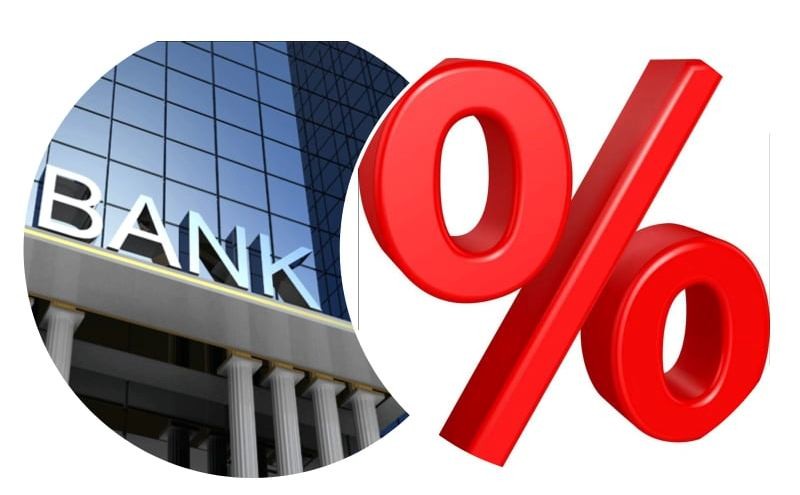Bank financial institutions deposited One trillion 52 billion money in Nepal Bank
Jun Sat 2024 01:34:22
699 views

Kathmandu. After the accumulation of liquidity in the financial system, the National Bank is going to withdraw an additional 30 billion rupees from the market. The central bank NRB, 40 billion to draw another 30 billion on Friday 7th June 2023.
Nepal Rastra Bank has said that it is going to withdraw the amount through the deposit collection device for liquidity management. The National Bank is about to draw liquidity from the financial system for the third time in just one week through deposit collection tools. The bank withdrew 40 billion rupees on Thursday and 12.15 billion rupees last Friday. Similarly, only on Wednesday, banks kept 25 billion 70 million rupees in permanent deposits.
NRB has said that it is going to withdraw money from the market after the inter-bank rate fell below three percent. According to the current arrangement, when the inter-bank rate is below 3 percent, the central bank withdraws money from the market, and when it exceeds 7 percent, it sends money to the market.
However, the central bank has taken the deposits of institutions that offer interest up to a minimum of 3 and a maximum of 3.1491 percent. The Central Bank said that the average interest rate of deposit collection on Thursday remained at 3.0561 percent. The Central Bank has said that it will collect deposits of 30 billion for 14 days on Friday as well. As the past deposits will mature on Friday also, the said deposits will be withdrawn from the market.
Thursday's interbank rate remained at 2.9 as the central bank pulled liquidity from the financial system. In addition to that, the central bank said that there is a balance in the system's liquidity. After the collection of permanent deposits on Thursday, banks and financial institutions have arrears of Rs.
More liquidity in the financial system, short-term interest rates are seen to be increasing. Since the banks are allowed to sell goods at interest rates, the interest rate has increased when investing in deposit collection rather than permanent deposit facilities.







